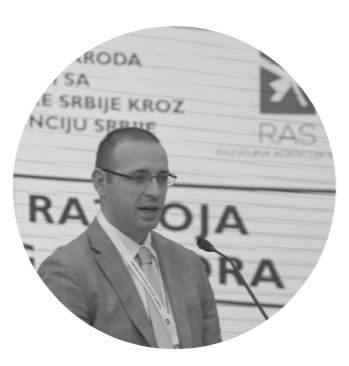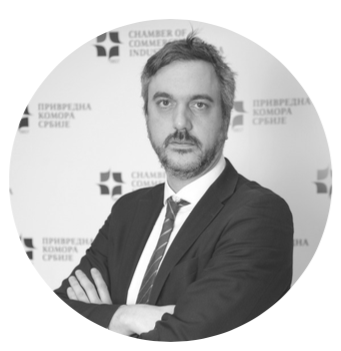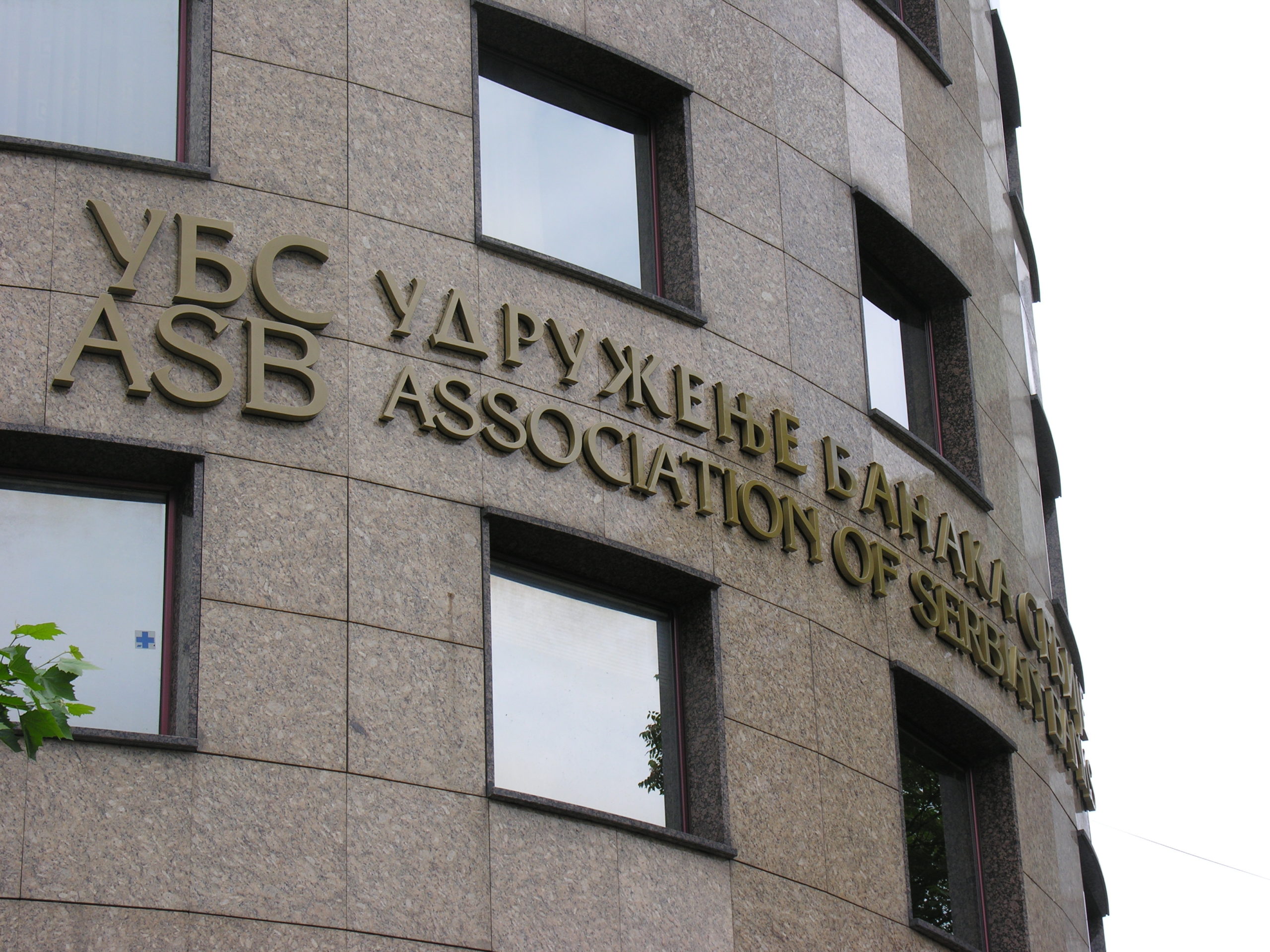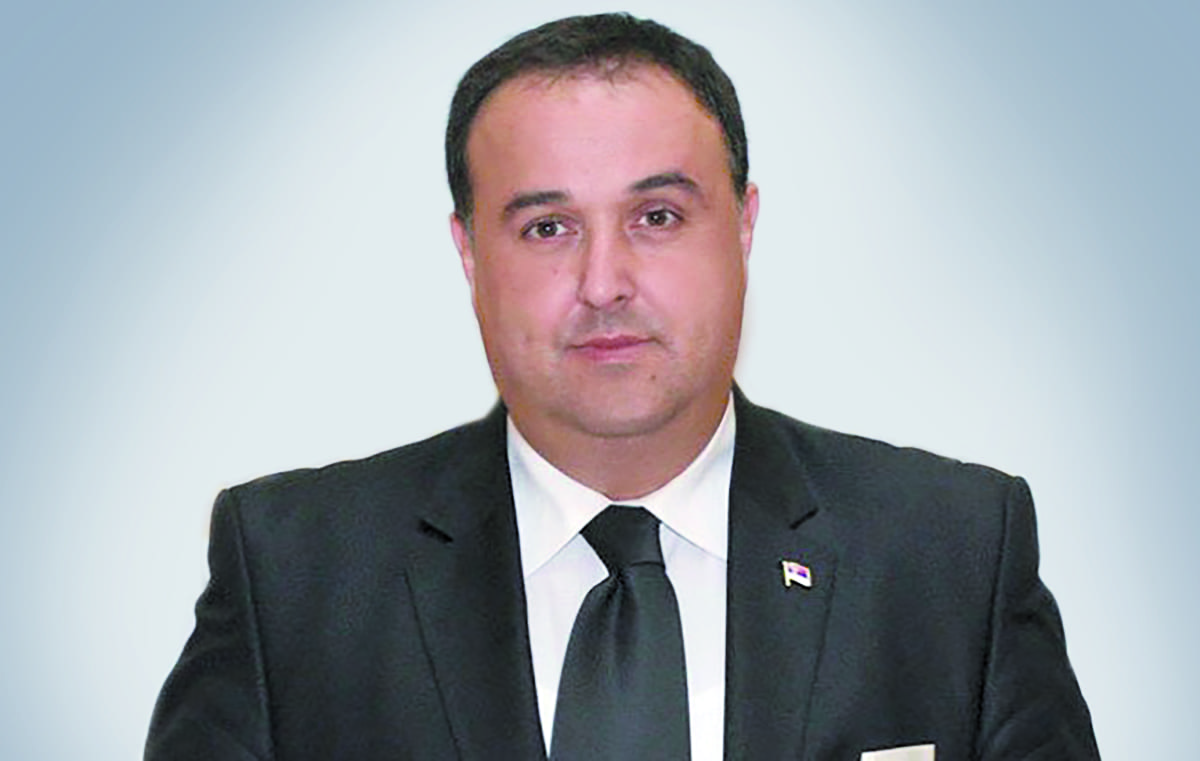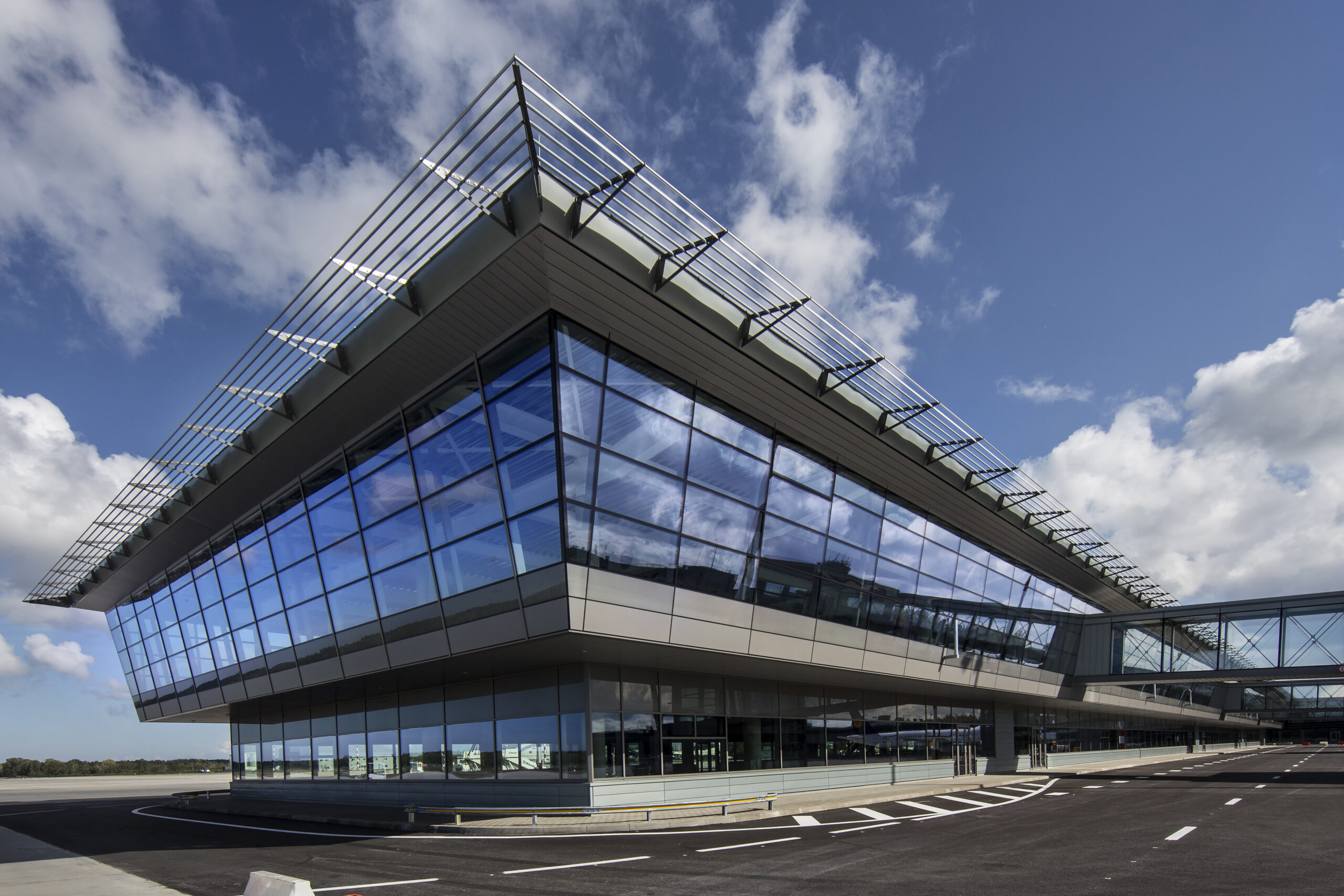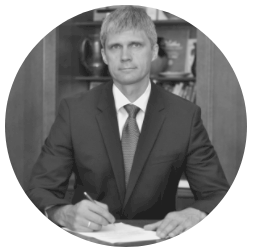Zurich is quickly becoming one of Europe’s leading information technology hubs

Rising demand for online services has driven new large-scale investments in data center infrastructure around the world, and generated the need for additional sophisticated cloud services. Several global hubs have continuously developed to meet evolving requirements. Switzerland is becoming increasingly interesting as a cloud region, that ensures both information security and fast data access.
Remote working, home entertainment, and online learning, among other driving forces, are behind a recent rush for additional online storage, including the demand for data centers. With this trend ever increasing, demand is projected to continuously rise. Legislation across the globe pertaining to data sovereignty and stricter security protocols are emerging, and in some cases, there is even legislation requiring entities to store data locally rather than abroad. The European General Data Protection Regulation (GDPR), is a regulation in EU law on data protection and privacy in the European Union and the European Economic Area, and is one of many such global legislations. Switzerland operates under its own Federal Act on Data Protection (FADP), while meeting the requirements of the GDPR. Companies see this as an advantage to operate compliantly and securely.
COVID-19 accelerated long-standing trends for global cloud infrastructure requirements, and a growing number of international businesses are already storing data in Europe. Increasingly companies are choosing to store data within the secure borders of neutral Switzerland, the country with a long history of safe-keeping valued assets.
Zurich in particular has a thriving data center market. There are numerous hyper-scale campuses (facilities owned and operated by the company it supports) complementing each other. These campuses have high rates of availability, in order to accommodate the emerging needs for ever-growing core digital services. A mix of international cloud operators, such as Google, Amazon and building their operations in Switzerland.

According to Roger Süess, CEO of Green, a leading Swiss data center provider, “Excellent Swiss IT infrastructure plays a central role in rapidly advancing digitalization. Switzerland offers a first-class, future-oriented infrastructure that allows secure optimization for global players.”
Green is a full-service provider of next-generation data centers and network services in Switzerland that are increasingly being used by medium-sized and large-scale companies from around the world. Green operates five data centers in the Zurich region, which are interconnected by a dedicated fiber-optic ring and networked with over 45 carriers of choice.
Süess emphasized, “Green continues to build state-of-the-art infrastructure utilizing highly innovative large scale technologies, and with our specialization in data center network services and expertise, we have become a leading data center provider. Our efforts and innovative character were recognized with an Information Services Group (ISG) award as the leading data center provider for Switzerland.”
Green can provide tailor-made solutions for companies worldwide and be the partner of choice for American enterprises seeking to optimize their European operations. Its experience and data center infrastructure make it a preferred partner for IT infrastructure solutions, particularly because their data centers have established themselves as true networking platforms between enterprise customers, content providers, integrators and cloud providers. They all benefit from the proximity to each other and thus from the fast interchange of data.
Süess highlighted, “As a full-service provider Green can help entities modernize their IT infrastructure, including the planning or running of day-to-day operations of major data centers, and even carry out any needed networking requests. Our name is a commitment, and sustainability is an integral part of the DNA. We continuously increase our IT infrastructure to remain a high-security data center, boost internal efficiency, enhance performance, enable automation, and strive to lead in energy efficiency, all while being price competitive. Utilizing sustainable energy is a core value we keep pushing. Since 2020, our energy consumption has been derived 100 percent from renewable sources, predominantly from hydropower and solar.”
“Switzerland offers a first-class, future-oriented infrastructure that allows secure optimization for global players.”
Roger Süess, CEO, Green
Power usage effectiveness (PUE) is a ratio describing how efficiently a computer data center uses energy. Data centers tend to have a PUE of 1.5. Green is driving innovation in energy efficiency through numerous initiatives, which culminated with operations having an impressive PUE of 1.13.
Süess stated, “With a new fully redundant high-performance campus on the outskirts of Zurich, Green is expanding its offering yet again. This will make the company a one-stop store for all those who want to use Switzerland and neighboring Europe for their digital initiatives. Companies can complete all their digital business needs for Switzerland from the Zurich area. In particular, customers value Green’s Swiss punctuality in delivering planned services. It is ingrained in the way we deliver, and a core corporate trait.”
As global companies race to meet the growing requirements of a newly digitalized society, Switzerland’s value-added proposition will continue to captivate global marketshare. The Zurich area will continue to develop as a data center hub, and further safeguard data within its state-of-the-art facilities.

